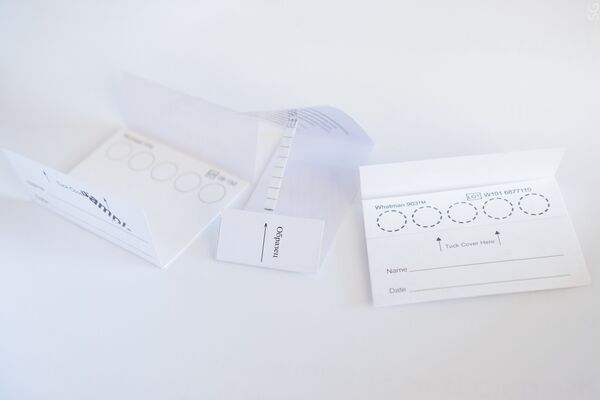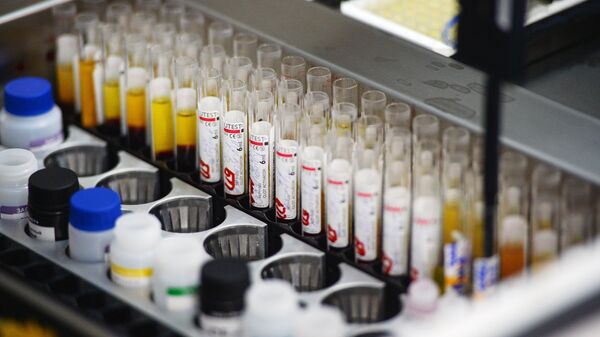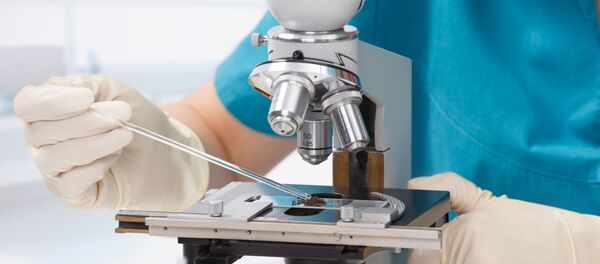Materials specialists from the National University of Science and Technology MISIS (NUST MISIS) and their colleagues from the Chemistry Department of Lomonosov Moscow State University have developed a technology that makes it simpler, more reliable and cheaper to take biofluids samples, as well as to store and transport blood and biofluid samples in medicine and veterinary science.
Another method involves the use of dried samples for medical tests. For this purpose, several drops of blood are placed on special cellulose cards and dried. This method is difficult to use because Russia does not make such cellulose cards. Moreover, not every clinic has the expensive specialized equipment required to test dried preparations.

“Due to the complicated structure of cellulose, blood is distributed unevenly on the carrier and becomes sorbed by the material, and this seriously distorts results,” Assistant Professor Alexander Osipov, Ph. D. (Chemistry), a senior research associate with NUST MISIS’ faculty of functional nanosystems, noted.
Russian scientists solved the problem by replacing the cellulose from which biofluids sampling cards are made with a specially prepared porous inorganic material containing nano-particles of metals.
Modified samples dry about two times faster on the new material, and this considerably expedites the process of preparing samples. The new material’s advantage lies in the fact that there is no need to use special containers for transportation; an ordinary paper envelope would suffice. The delivery process is considerably simpler and cheaper, as compared to the use of containers and special-purpose vehicles.
NUST MISIS sources note that each hand-made card costs almost five times less than imported cellulose equivalents. In fact, one such card costs 40 rubles, rather than 180 rubles, even when produced in limited quantities. Their price will go down after large-scale production is launched.
The technology’s creators have patented it and have so far decided to focus on veterinary diagnostics. Experts working in this area have to conduct hundreds of thousands of tests all the time. As a rule, livestock farms, especially those in remote areas, lack the required conditions for doing this. Developers hope to mass-produce biofluids sampling cards by late 2017, after completing tests and certification procedures.





